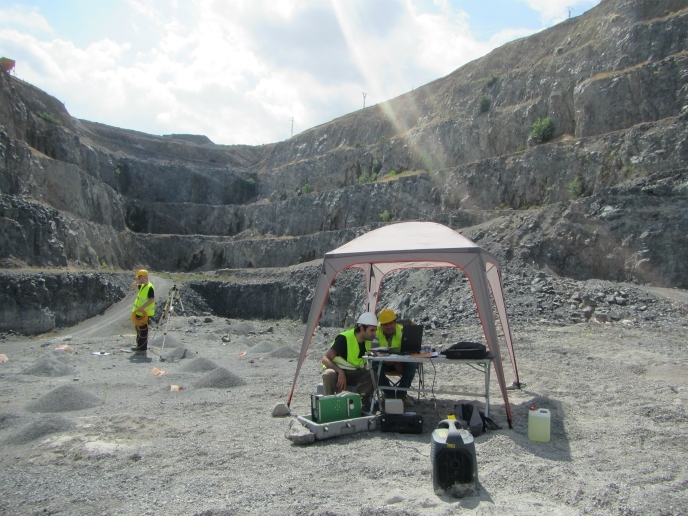State-of-the-art robot to better assist search and rescue operations in low-visibility conditions
Robots play an increasing role in providing support at disaster sites. However, sensor technology and the related cognitive approaches available to date can’t cope with situations where visibility is impaired due to smoke, dust or fog. This significantly limits the robots’ value in such scenarios. The EU-funded SmokeBot(opens in new window) project was “primarily driven by application needs for robots that operate in domains with limited visibility,” says project coordinator Prof . Achim Lilienthal. It focused on civil robots that support fire brigades in search and rescue missions, such as post-disaster management operations in response to tunnel fires. “The ultimate aim was to provide solutions, both in terms of hardware and software, for environments with restricted visibility.” SmokeBot addressed this challenge by delivering software and hardware components that facilitate robot systems in performing under harsh smoke, dust or fog conditions. The project team achieved this through sensor fusion, where the outputs of the robot’s novel 3D radar camera, stereo thermal camera and gas sensors are integrated, interpreted and used by the robot. Sensor technology for optimal inspection in adverse conditions Specifically, the researchers developed gas sensors designed for use on mobile robots and tuned to detect harmful gases that may be present in disaster situations. This helps to assess the distribution of such hazards and to warn and protect rescue staff. Suited also for low-visibility environments, the sensors enhance the cognitive abilities of mobile robots. The scientists created a set of algorithms, including approaches for robot localisation in low-visibility scenarios, and for airflow and gas distribution mapping in the presence of unknown gases. They devised a method with which a robot can relate a pre-existing map of the environment to its own perception. This enables the operator to indicate where the robot should go, even if it hasn’t been to that place before. Team members integrated the project results into a prototype for a commercial low-visibility explorer robot to support emergency services. They successfully demonstrated the prototype at a firehouse in Dortmund, Germany. Reducing the risk of saving lives SmokeBot showed that robots can be very useful in civil applications under low-visibility or toxic conditions, where human lives would otherwise be put at risk. “The most important impact is that it enables the use of robots instead of human operators in certain situations,” Prof. Lilienthal stresses. “It isn’t a job killer – we built the robot to help firefighters, not replace them.” Now that the project has ended, the sensor technology will result in new products to be brought to market. In addition, the software will be made available as open source. “By improving the abilities of robots to support emergency services, therefore increasing the safety of rescue staff and ultimately citizens, SmokeBot has brought about a step change in robotics,” concludes Prof. Lilienthal.







